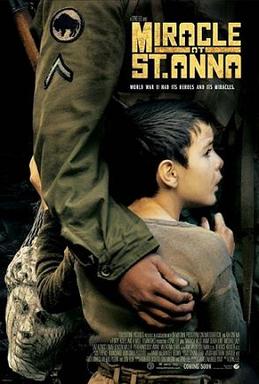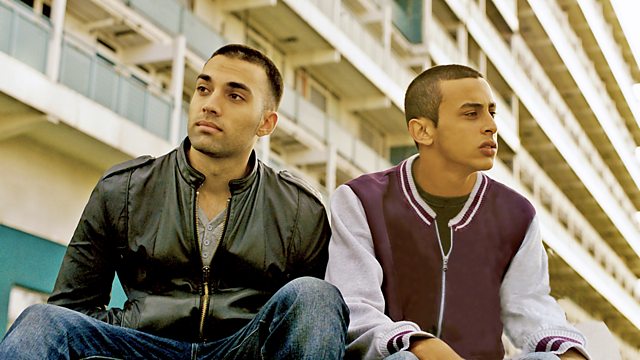Jonah Dir. Kibwe Tavares (2013)
Jonah is a social-realism film and was directed by Kibwe Tavares. Filmed in Zanzibar and Tanzania, and was funded by the BFI Film Fund and was produced by Film 4, Shine Pictures and Stray Bear Productions, as well as special effects company Jellyfish Pictures.
Kibwe Tavares was a student at Bartlett School of Architecture, his graduation film, ‘Robots of Brixton’, won the Special Jury Prize at the Sundance Film Festival. Other awards include a TED fellowship and recognition as one of Fast Company’s ‘100 Most Creative People in Business’. Kibwe combines his training as an architect with storytelling and animation to create futuristic 3D live action/animated films that are incredibly detailed and vivid. He was named one of the top twenty young global Directors at the Saatchi & Saatchi New Director’s showcase; won Best Short Film Award for ‘Jonah’ at the CFPE/Shots Young Director’s Award plus the Special Jury Prize and he also walked away with the Audience Award.
Jonah is set in a built up village in Zanzibar. We see it is built up within the first few scenes as there are lots of people in alleys and side roads, even the main road has several little shops on the side for people to stop at and there are several pickup trucks that go past with people sitting in the back. From some of the opening scenes we see that there could be a lot of poverty in the area,
In this picture from the film, we can see tin roofs that are rusting and the pavement looks dirty, this connotes that the area in which the film is set are going through hard times.
We also see connotations of the village not being of a high class standard when the two protagonists Mbwana and Juma are on the beach talking, and Mbwana talks about building a Buckingham palace on the beach and an Eiffel tower to make it look better. However, despite this being said, the village that they are living is already a fairly idealistic place to live as it is by a beach which most people would like.

 We see Mbwana's idealistic version of the village appear when he starts to gain fame after Juma takes a picture of him with a giant fish jumping out of the water behind him. Once Mbwana gains this fame, his life turns from him stealing from people to being the talk of the town, everybody in his town knows who he is and he starts to get his idealistic life. The use of Tavares' animations of the billboards being erected around the town and being taken down at the end of the film has connotations of what fame can do to you. The billboards quick erection and fall shows that Mbwana's idealistic life wouldn't work and would ruin the village just like the added tourism from the fish done to the village.
We see Mbwana's idealistic version of the village appear when he starts to gain fame after Juma takes a picture of him with a giant fish jumping out of the water behind him. Once Mbwana gains this fame, his life turns from him stealing from people to being the talk of the town, everybody in his town knows who he is and he starts to get his idealistic life. The use of Tavares' animations of the billboards being erected around the town and being taken down at the end of the film has connotations of what fame can do to you. The billboards quick erection and fall shows that Mbwana's idealistic life wouldn't work and would ruin the village just like the added tourism from the fish done to the village.
The use of the camera shots in the film ranges from close ups and long shots with a plethora of other shots and angles in between.
This mid shot of Juma and Mbwana shows both of their facial expressions and their body language when talking about building Buckingham Palace. We can see Juma (on the left), looks confused about the idea and looks like he wants to take a step away from Mbwana because he doesn't want to be apart of the plans because he knows what it will do to their home. Mbwana however, is relishing the idea and thinks it could turn their home into a better place and will turn everything around, making the village better.
 The use of close ups in this film gives us a little bit of an insight into what the characters could be thinking as well as their feeling and reactions to events that take place. For example in this picture, we see Mbwana with a big grin on his face after seeing the picture Juma took of him with the fish behind him. The look on Mbwana's face can suggest that he can finally follow through on the idea of making the village a tourist attraction and trying to turn around their way of life.
The use of close ups in this film gives us a little bit of an insight into what the characters could be thinking as well as their feeling and reactions to events that take place. For example in this picture, we see Mbwana with a big grin on his face after seeing the picture Juma took of him with the fish behind him. The look on Mbwana's face can suggest that he can finally follow through on the idea of making the village a tourist attraction and trying to turn around their way of life.














